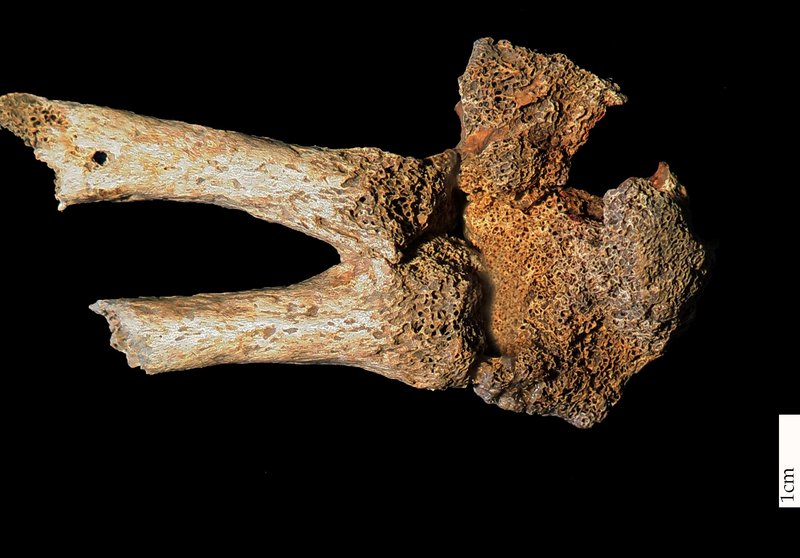Forschung
Methods
The site of Mayemer in Eastern Kazakhstan was excavated in 2010 by a German-Kazakhian team. Four Kurgans were excavated, dating from the 4th century BC to the 2nd century AD. The male skeleton was buried next to another young male in Object 4. Radiocarbon dating puts it at 86–242 cal. AD (95.4%) (Poz-64502). Sex and age estimation using standard anthropological methods suggested a male of 25–35 years of age. Preservation of the skeleton was very poor, which made diagnosis even more challenging. The most striking pathological feature of the skeleton was an ankylosis of the carpals and the second and third metacarpals of the right hand. The examination was undertaken with the use of a magnifying glass. Plain film radiography (Faxitron 43,805N by Hewlett-Packard at the German Archaeological Institute, Berlin) and computed tomography (Toshiba Aquillion One© CT, DICOM-reader© software at the Charité, Berlin) aided the diagnosis.


